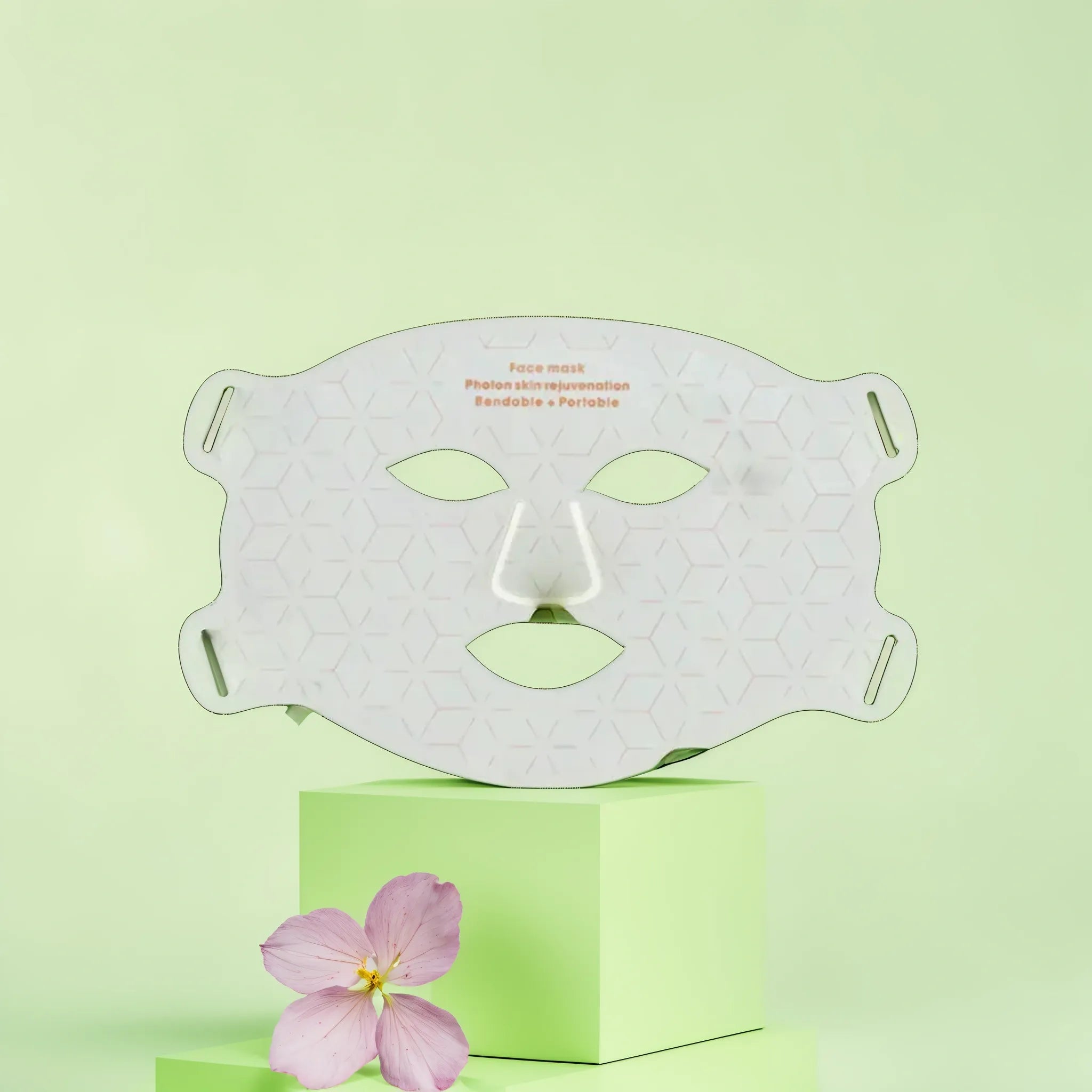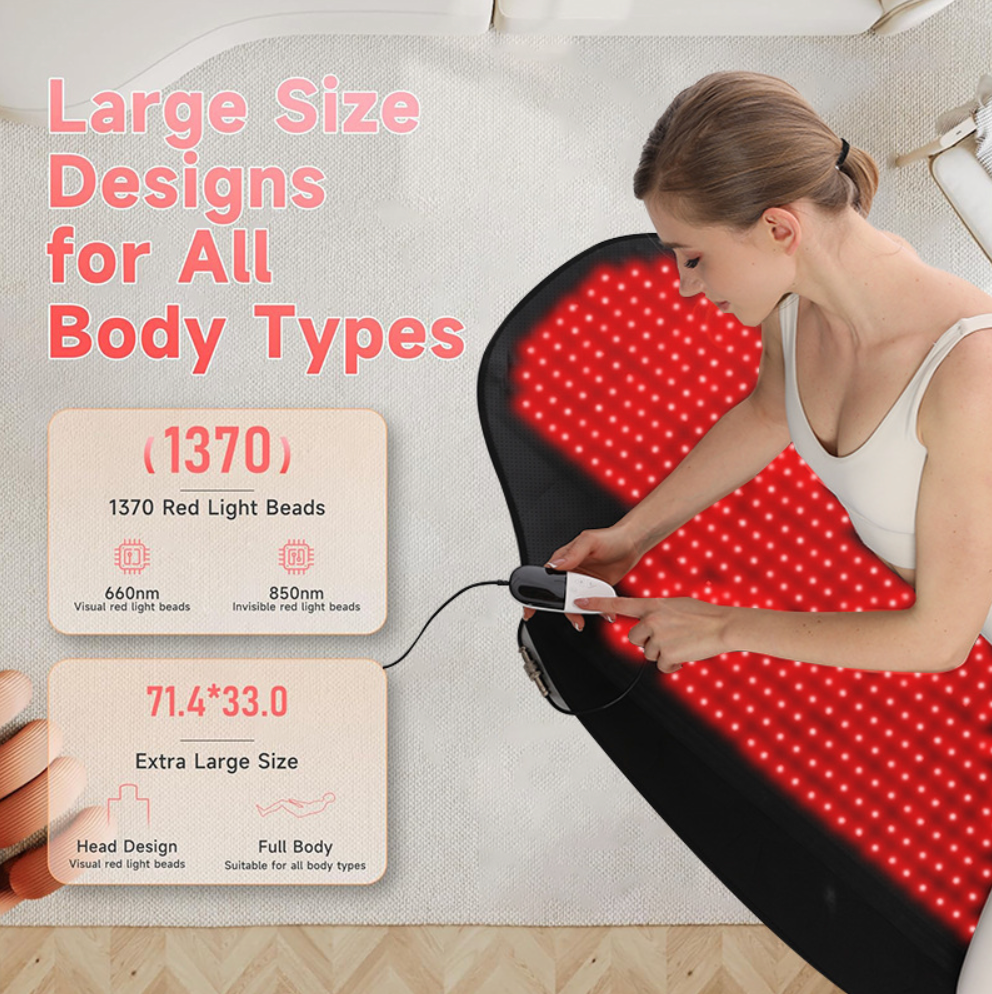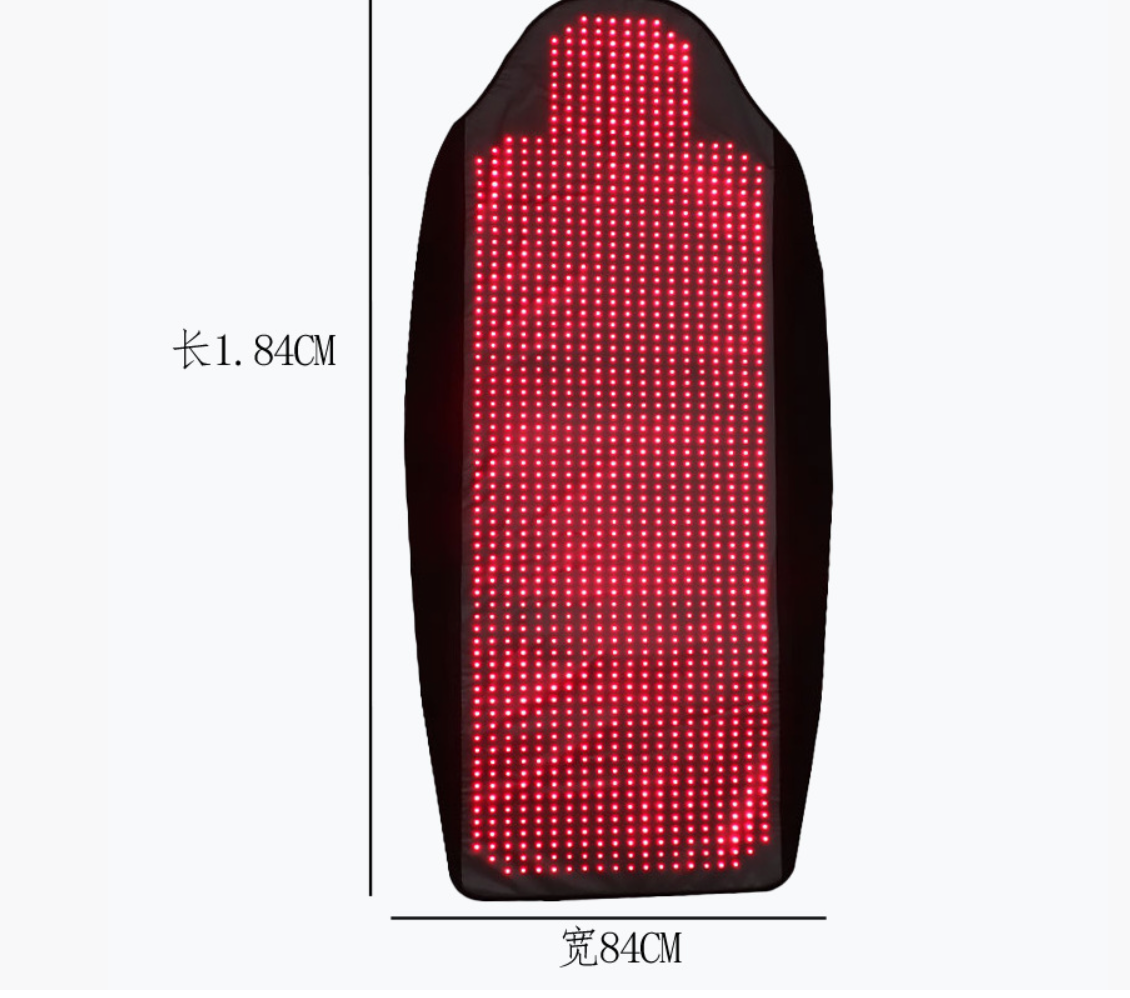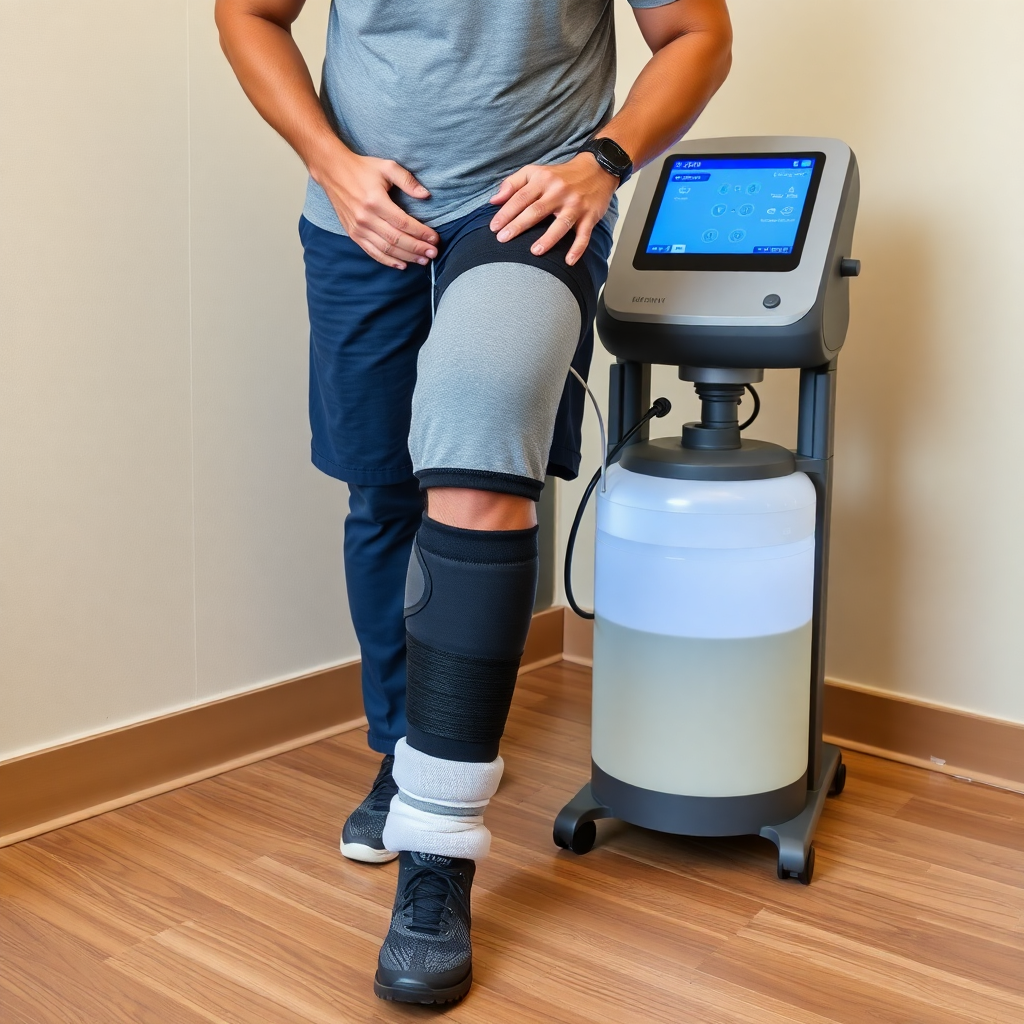Shockwave therapy has emerged as a revolutionary non-invasive treatment for a variety of injuries and conditions, offering hope to those seeking pain relief without surgery. Using a shockwave therapy machine, this modality delivers targeted energy to damaged tissues, promoting healing and reducing discomfort. But what exactly can it treat, and how does it work? Let’s explore the injuries and conditions that benefit from this cutting-edge therapy, diving into its applications, mechanisms, and why it’s gaining traction in fields like physiotherapy, sports medicine, and chiropractic care.
Understanding Shockwave Therapy
Shockwave therapy, also known as extracorporeal shockwave therapy (ESWT), uses high-energy sound waves to stimulate healing in affected areas. A shockwave therapy device generates these waves, which are delivered through an applicator to penetrate tissues at varying depths. Depending on the condition, practitioners may use radial shockwave therapy, which targets superficial areas, or focus shockwave for deeper penetration. This versatility makes the therapy machine a powerful tool for treating musculoskeletal conditions.
The process is non-invasive, meaning no incisions or needles are involved. The shockwave machine sends radial pressure waves or focused waves to the treatment site, triggering the body’s natural repair mechanisms. This promotes healing by increasing blood flow, stimulating tissue regeneration, and reducing inflammation. For many, it’s an effective treatment that provides analgesia—pain relief—without relying on medications.
Common Injuries Treated with Shockwave Therapy
Shockwave therapy is widely used in physiotherapy and sports medicine to address a range of musculoskeletal injuries. Below are some of the most common conditions it targets:
Plantar Fasciitis
Plantar fasciitis, a leading cause of heel pain, responds well to shockwave treatment. The therapy device targets the inflamed plantar fascia, reducing pain and promoting tissue repair. Patients often notice improvement after just a few sessions, making it a go-to non-surgical option.
Achilles Tendinopathy
Achilles tendinopathy, characterized by pain and stiffness in the Achilles tendon, is another indication for shockwave therapy. The shockwave therapy machine delivers energy to the tendon, encouraging collagen production and healing. This is particularly beneficial for athletes dealing with chronic pain.
Tennis Elbow
Lateral epicondylitis, or tennis elbow, causes discomfort in the forearm due to repetitive strain. Radial shockwave therapy excels here, as it targets superficial soft tissue and reduces inflammation. The therapy machine’s transmitter ensures precise energy delivery, offering relief where other treatments may fall short.
Jumper’s Knee
Patellar tendinopathy, often called jumper’s knee, affects the tendon connecting the kneecap to the shinbone. Shockwave therapy treatments stimulate healing in this area, helping athletes return to their routines faster. The non-invasive nature of the shockwave machine makes it ideal for such overuse injuries.
Rotator Cuff Injuries
Shoulder pain from rotator cuff issues can be debilitating. Extracorporeal shockwave therapy targets calcifications and inflamed tissues in the shoulder, breaking down deposits and promoting recovery. It’s a better treatment option for those hoping to avoid invasive procedures.
Beyond Tendons: Other Applications
While tendon-related injuries are a primary focus, shockwave therapy’s benefits extend to other areas of the musculoskeletal system.
Bone Healing and Fractures
Clinical research shows that shockwave therapy can aid in fracture healing, particularly for non-unions—fractures that fail to heal properly. The shock wave therapy device stimulates bone tissue, encouraging endogenous repair processes. This makes it a valuable tool in orthopedics.
Chronic Pain and Soft Tissue Conditions
For those with chronic pain, such as back pain or muscle pain, shockwave therapy offers a non-invasive way to relieve pain. The therapy’s anti-inflammatory effects and ability to disrupt pain signals—potentially via the gate control theory—make it a standout in pain management.
Wound Healing and Ulcers
In fields like urology and wound care, shockwave therapy shows promise for treating ulcers and promoting wound healing. The shockwave therapy device enhances blood flow to damaged areas, accelerating tissue repair and improving quality of care.
How Does Shockwave Therapy Work?
At its core, shockwave therapy relies on wave technology to deliver mechanical energy to injured tissues. The shockwave therapy machine generates either radial or focused waves, depending on the treatment parameters. Radial waves spread out, ideal for superficial conditions, while focused waves penetrate deeper for issues like bone or deep tendon injuries.
The therapy triggers several biological responses:
- Increased Blood Flow. Shock waves enhance circulation, delivering oxygen and nutrients to damaged areas.
- Collagen Production. This supports tissue massage and repair, especially in tendons and fascia.
- Pain Reduction. The therapy disrupts pain signals, providing immediate relief for many patients.
Unlike a traditional massager, a shockwave therapy device is designed for clinical precision, with an attachment that allows practitioners to target specific areas. Whether it’s a first treatment or part of a series, patients often feel the difference quickly.
Why Choose Shockwave Therapy?
Shockwave therapy stands out as a treatment modality because it’s non-surgical, requires minimal downtime, and has a low risk of side effects. It’s used in physiotherapy clinics, chiropractic settings, and sports medicine facilities worldwide. The ability to customize treatment—adjusting the intensity or type of shock wave—ensures it meets individual needs.
For those with musculoskeletal conditions, the therapy offers hope where other methods may have failed. It’s not just about pain relief; it’s about restoring function and improving quality of life. Whether you’re dealing with plantar fasciitis, a rotator cuff injury, or even a stubborn fracture, a shockwave therapy machine could be the key to recovery.
Is Shock wave Therapy Machine Right for You?
If you’re struggling with a musculoskeletal injury or chronic pain, shockwave therapy might be worth exploring. Consult a healthcare provider to determine if it’s an appropriate treatment option for your condition. The therapy’s ability to target everything from tendinopathies to bone tissue makes it a versatile choice, but it’s not a one-size-fits-all solution.
The eyelash curler is an indispensable tool for creating an expressive look and giving your eyelashes a beautiful curved shape. With it, you can easily and quickly achieve the effect of long and voluminous eyelashes that will emphasize the beauty of your eyes! You can buy this device at the best price in our store.
With new shockwave therapy advancements continuing to emerge, this modality is only getting better. Its role in treating musculoskeletal issues, promoting wound healing, and even supporting urological conditions highlights its potential. For many, it’s a game-changer—a non-invasive, effective treatment that delivers results.
In conclusion, shockwave therapy is a powerful tool for addressing a wide range of injuries, from plantar fasciitis to rotator cuff issues. By harnessing the power of a shockwave therapy machine, practitioners can offer patients a path to recovery that’s both innovative and accessible. Whether you’re an athlete sidelined by jumper’s knee or someone battling chronic back pain, this therapy could be the answer you’ve been searching for.











Laisser un commentaire
Ce site est protégé par hCaptcha, et la Politique de confidentialité et les Conditions de service de hCaptcha s’appliquent.